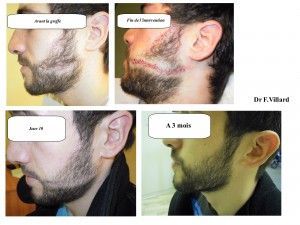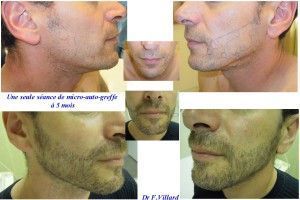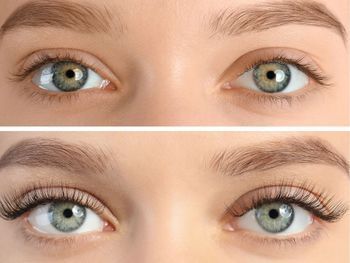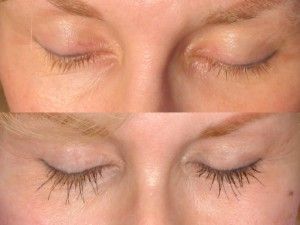BEARD AND OTHER HAIR TRANSPLANTS
Get high-quality beard and eyelash implants from a medical team that is highly skilled in transplant techniques


Beard transplants
The demand for beard transplants is a more recent phenomenon.
This transplant, also known as a beard implant or graft, has been developed by Hair-for-Life over a 10-year period. It is based on the same principle as hair transplants but presents a number of specific technical characteristics,
because beard hair has particular qualities. Much less dense than hair on the scalp, beard hair is thick and curly.
This means it is not always easy to find hair on the subject that can be used for the autograft.
However, occipital hair can be a good compromise for a beard transplant.
Body hair may sometimes be used, but it is much less dense and, most importantly, doesn’t last as long.
Needs also differ.
Most of our patients want a “five o’clock shadow” rather than a long goatee.
In the case of the five o’clock shadow, the hair is not yet curly. As such, a transplant is the perfect solution.
If you are completely beardless, we can restore a full beard, but in most cases we are asked to even out a thin beard or one with gaps.
Generally a single, five-hour procedure is all that is needed.
After-care is straightforward with the transplant becoming established within five days. There will be moderate localised redness, which may persist for up to three weeks in some patients.
Some patients may have a few more blemishes, like a sort of temporary acne.
The transplant patient may shave using an electric razor from day five.
Results are visible after six months, as in the case of other hair transplants.
Tiny scars are rare since facial skin heals very quickly.
There are two types of possible harvesting from the donor site.
- Microstrips are thin, quick and create just a small thin scar on the scruff of the neck. They are used in cases where a large number of grafts is needed.
- Follicle unit suction (FUS) is a harvesting method whereby individual hairs are transplanted without leaving a visible scar. It can be used for smaller beard corrections.
However, this more delicate and time-consuming method of harvesting only lends itself to certain situations.
It is worth remembering that FUS (follicle unit suction) was developed in some countries where, due to regulations, FUS and FUE (follicular unit extraction) was were seen as a non-surgical methods that could be performed by non-surgeons.
The FUS technique developed by Hair-for-Life and first presented at a cosmetic surgery conference in Monaco in 2003 is a method that our team have mastered.
Other hair transplants
Other hair transplants: eyelashes, eyebrows and more….
As explained above, it is possible to transfer hair to different parts of the body.
For example, transferring eyebrow hair from right to left. Of course, this requires a delicate touch, which Hair-for-Life can offer. But it is also possible to restore eyebrows using hairs from the head. However, particular after-care is needed.
A specific technique can be used to restore even eyelashes. That said, this can only be used to restore an eyelash line, not to enhance thin eyelashes. This particular type of transplant requires specific after-care to maintain the appearance of eyelashes. You will need to comb and curl the eyelashes. Other body hair transplants are possible.




